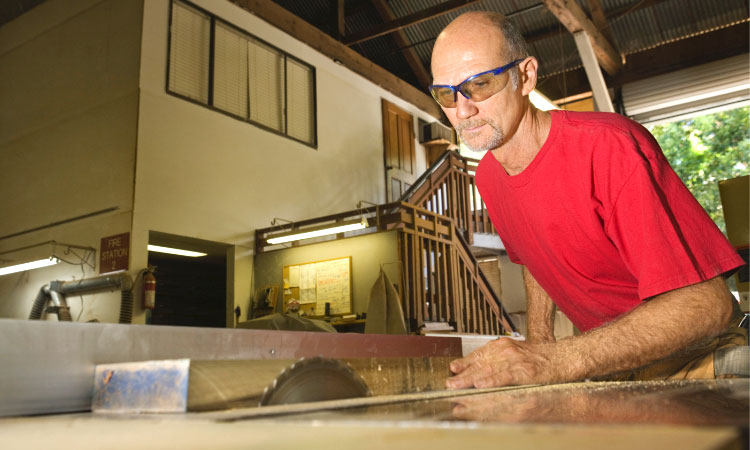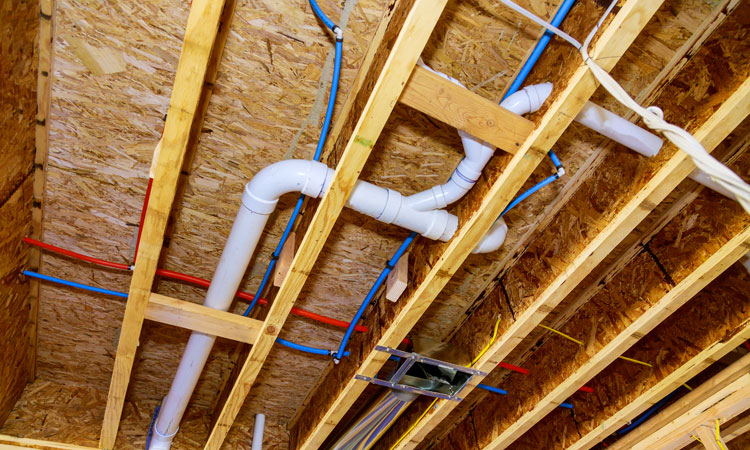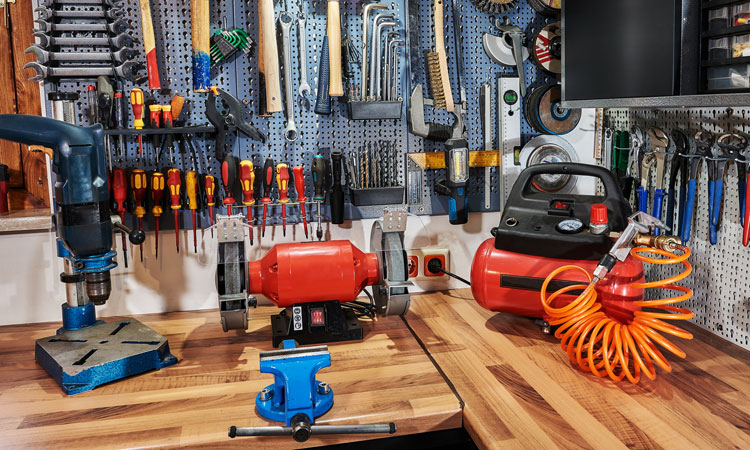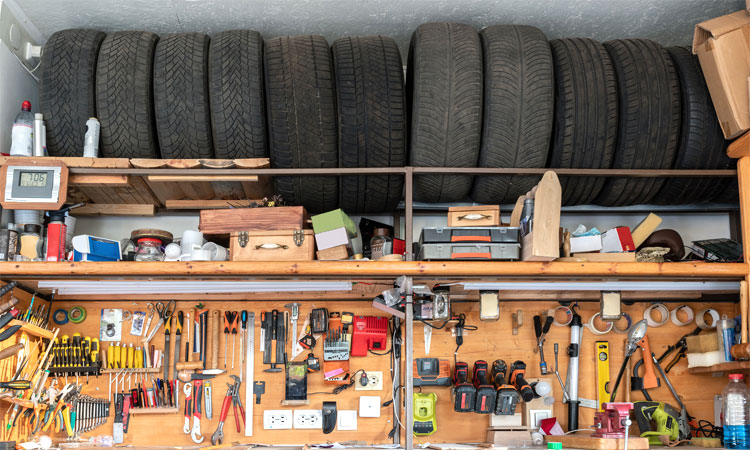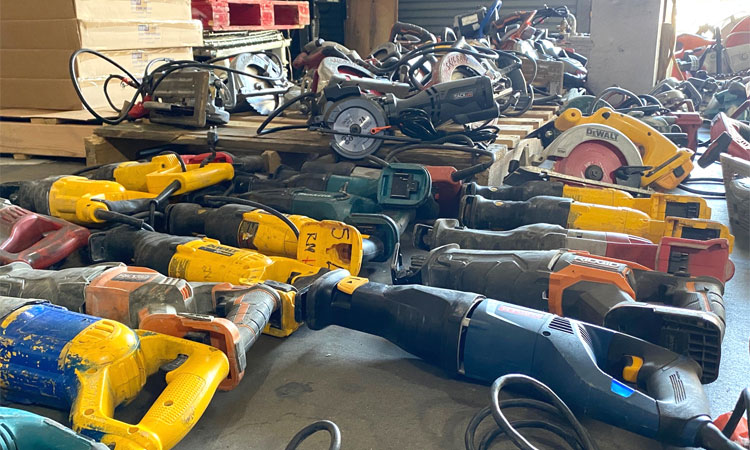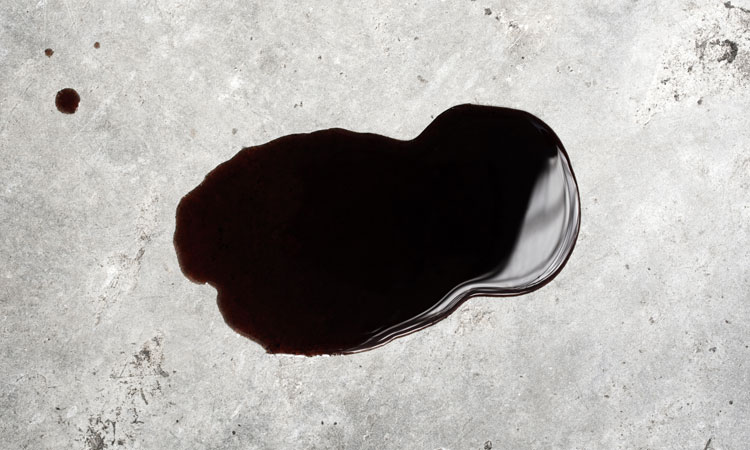Pressure Washer Nozzle Tip Guide (with Chart)
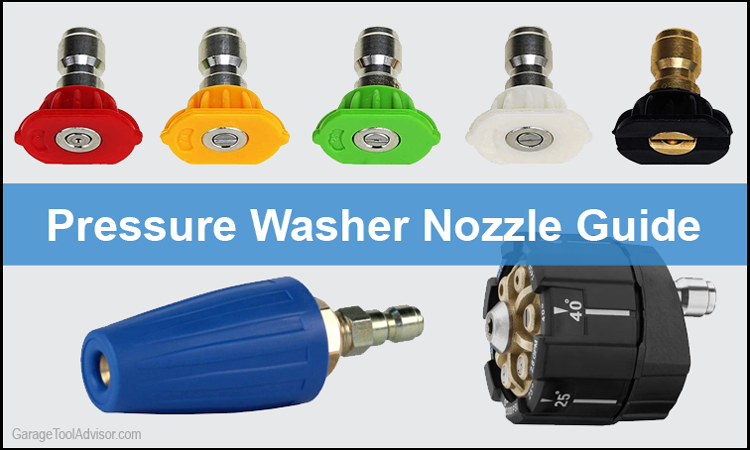
One of the most important parts of any pressure washer is the nozzle. These small components compress the water into a V-shaped spray, but with the proper size, they can do a whole lot more.
There are literally dozens of pressure washer tips on the average sizing chart. Fortunately, most of these won’t be needed by the average homeowner and merely provide additional options when standard tips aren’t performing properly with your washer.
Generally speaking, you’ll only ever need one of seven nozzle sizes. Best of all, five of these are usually color-coded for quick job matching and practically all of the best pressure washers sold today include them.
The Secret of Pressure Washer Nozzles
The purpose of a pressure washer is to provide water at a higher rate of movement. However, that alone doesn’t create the pressure needed. Affixing a nozzle to the wand tip has a similar effect as putting a thumb over part of your garden hose.
The smaller opening created by the nozzle results in less water coming out than is being supplied. When using a nozzle, the water comes out at a greatly increased pressure.
The fan-shaped spread provided by most nozzles improves the amount of surface area covered by the spray, but reduces the overall water pressure as a result.
Home users will generally use power washers running from 1,500 to 3,500 PSI while power wash businesses and commercial users will want something that starts at around 4,000 PSI and go up from there.
Industrial power washers also exist which can spray water at incredibly high pressures. A power washer providing 20,000 to 50,000 PSI is known as a water blaster and would likely cut your car in two if you tried to wash with it. Thus we won’t bother talking about them here.
Pressure Washer Spray Pattern Tips
Most pressure washer users will at most only require six different nozzles. These consist of five angle tips which are color-coded and one special function tip. A seventh tip is more of a time saver than anything as it can actually replace all other tips.
 Red (0° angle)
Red (0° angle)
Red tips are the most powerful and rarely used for home cleaning. They have a small opening with no spread, resulting in a very powerful jet. The pressure is high enough to damage or destroy soft surfaces and can even cut through skin.
Since it’s so powerful, a red tip should only be used for targeting tough stains on undressed concrete or stone or high, hard-to-reach areas. Using a good concrete cleaner beforehand may still be necessary for the toughest stains.
Yellow (15° angle)
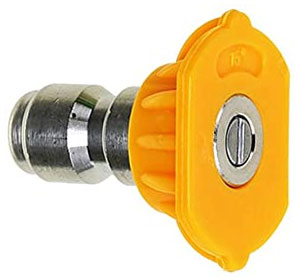
The yellow tip is commonly used for power washing tough stains on concrete (driveways, sidewalks, garage floors, etc.), brick, or other stone. It’s a good first step for that deck refinishing project you want to start.
Tip: Treating clean, dry concrete with a quality penetrating concrete sealer will make it much easier to clean in the future.
Green (25° angle)
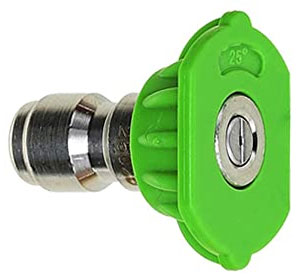
White (40° angle)
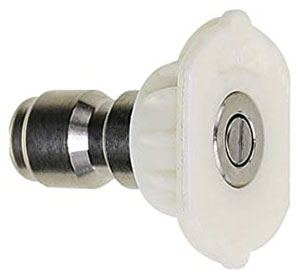
Black (Soap)
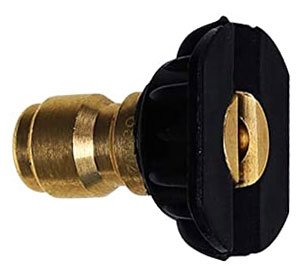
The flip side to this is that it’s perfect for applying detergents and other forms of soap which could easily clog smaller tips.
Rotary
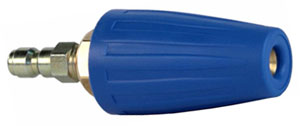
This spray rotates through the arc, allowing it to create high pressure over a larger area. It’s often referred to as a rotary nozzle due to this function.
Adjustable
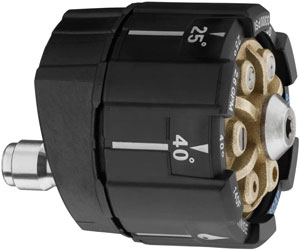
Usually marketed as a 5-in-1 or 6-in-1 adjustable nozzle tip, it allows you to easily change between different spray patterns on the fly. It offers the same 1/4″ quick-connect as other pressure washer tips.
You’ll have to purchase this separate from your pressure washer, but for some people, it can be a huge time saver. While we still prefer individual tips when operating a pressure washer, the Tools Pro 6-in-1 is one of the best adjustable spray nozzle for pressure washers you can find.
Pressure Washer Nozzle Chart (Residential)
| Tip | Color | Uses |
|---|---|---|
| 0° | Red | Tough concrete stains, high and hard to reach areas, removing weeds between cracks. |
| 15° | Yellow | General concrete/brick/stone cleaning, paint stripping, rust removal. |
| 25° | Green | Washing cars, cleaning siding, decks, patios, fences, and outdoor furniture. |
| 40° | White | Cleaning windows, screens, plywood, outdoor flower pots, and other fragile surfaces. Good for rinsing off detergent. |
| 60° | Black | Applying soap or detergent to any surface as a pre-wash. Will need to use another tip to remove dirt or rinse off. |
| Rotary | Black or Blue | Same uses as a red tip but it covers a larger area. Even though the spray pattern appears wider, care must be taken. |
| Adjustable | Black | See uses above depending on which spray pattern you select on the nozzle. |
Pressure Washer Nozzle Chart (Commercial)
There is really only one situation where you may wish to use a different nozzle with your pressure washer than those listed here. Most individuals will likely never need to but for some commercial or industrial applications, you may need to use specific tip sizes.
Too small of a nozzle may damage your equipment while too large of a nozzle will compromise its cleaning ability.
The use of a pressure washer nozzle size chart (like the one below) is recommended to find the proper nozzle size when you know your pressure washer’s PSI and GPM (gallons per minute) ratings.
Nozzle Size | Gallons Per Minute (GPM) | |||||||
|---|---|---|---|---|---|---|---|---|
1000 PSI | 1500 PSI | 2000 PSI | 2500 PSI | 3000 PSI | 3500 PSI | 4000 PSI | 5000 PSI | |
| 1 | 0.50 | 0.61 | 0.71 | 0.79 | 0.87 | 0.94 | 1.00 | 1.12 |
| 1.5 | 0.75 | 0.92 | 1.06 | 1.19 | 1.30 | 1.40 | 1.50 | 1.68 |
| 2 | 1.00 | 1.22 | 1.41 | 1.58 | 1.73 | 1.87 | 2.00 | 2.24 |
| 2.5 | 1.25 | 1.53 | 1.77 | 1.98 | 2.17 | 2.34 | 2.50 | 2.80 |
| 3 | 1.50 | 1.84 | 2.12 | 2.37 | 2.60 | 2.81 | 3.00 | 3.35 |
| 3.5 | 1.75 | 2.14 | 2.47 | 2.77 | 3.03 | 3.27 | 3.50 | 3.91 |
| 4 | 2.00 | 2.45 | 2.83 | 3.16 | 3.46 | 3.74 | 4.00 | 4.47 |
| 4.5 | 2.25 | 2.76 | 3.18 | 3.56 | 3.90 | 4.21 | 4.50 | 5.03 |
| 5 | 2.50 | 3.06 | 3.54 | 3.95 | 4.33 | 4.68 | 5.00 | 5.59 |
| 5.5 | 2.75 | 3.37 | 3.89 | 4.35 | 4.76 | 5.14 | 5.50 | 6.15 |
| 6 | 3.00 | 3.67 | 4.24 | 4.74 | 5.20 | 5.61 | 6.00 | 6.71 |
| 6.5 | 3.25 | 3.98 | 4.60 | 5.14 | 5.63 | 6.08 | 6.50 | 7.27 |
| 7 | 3.50 | 4.29 | 4.95 | 5.53 | 6.06 | 6.55 | 7.00 | 7.83 |
| 7.5 | 3.75 | 4.59 | 5.30 | 5.93 | 6.50 | 7.02 | 7.50 | 8.39 |
| 8 | 4.00 | 4.90 | 5.66 | 6.32 | 6.93 | 7.48 | 8.00 | 8.94 |
| 8.5 | 4.25 | 5.21 | 6.01 | 6.72 | 7.36 | 7.95 | 8.50 | 9.50 |
| 9 | 4.50 | 5.51 | 6.36 | 7.12 | 7.79 | 8.42 | 9.00 | 10.06 |
| 9.5 | 4.75 | 5.82 | 6.72 | 7.51 | 8.23 | 8.89 | 9.50 | 10.62 |
| 10 | 5.00 | 6.12 | 7.07 | 7.91 | 8.66 | 9.35 | 10.00 | 11.18 |
| 11 | 5.50 | 6.74 | 7.78 | 8.70 | 9.53 | 10.29 | 11.00 | 12.30 |
| 12 | 6.00 | 7.35 | 8.49 | 9.49 | 10.39 | 11.22 | 12.00 | 13.42 |
| 13 | 6.50 | 7.96 | 9.19 | 10.28 | 11.26 | 12.16 | 13.00 | 14.53 |
| 14 | 7.00 | 8.57 | 9.90 | 11.07 | 12.12 | 13.10 | 14.00 | 15.65 |
| 15 | 7.50 | 9.19 | 10.61 | 11.86 | 12.99 | 14.03 | 15.00 | 16.77 |
| 20 | 10.00 | 12.25 | 14.14 | 15.81 | 17.32 | 18.71 | 20.00 | 22.36 |
| 25 | 12.50 | 15.31 | 17.68 | 19.76 | 21.65 | 23.39 | 25.00 | 27.95 |
| 30 | 15.00 | 18.37 | 21.12 | 23.72 | 25.98 | 28.06 | 30.00 | 33.54 |
| 40 | 20.00 | 24.49 | 28.28 | 31.62 | 34.64 | 37.42 | 40.00 | 44.72 |
| 50 | 25.00 | 30.62 | 35.36 | 39.53 | 43.30 | 46.77 | 50.00 | 55.90 |
| 60 | 30.00 | 36.74 | 42.43 | 47.43 | 51.96 | 56.12 | 60.00 | 67.08 |

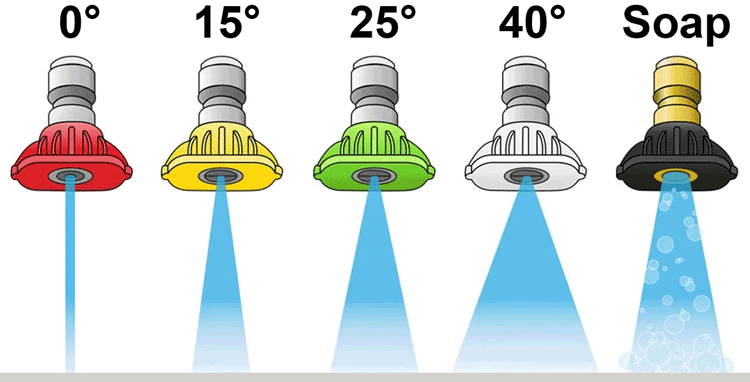
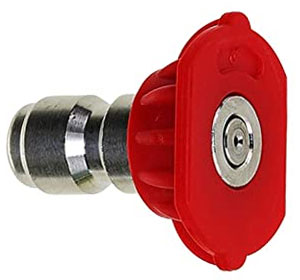 Red (0° angle)
Red (0° angle)